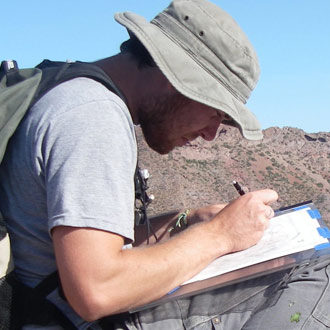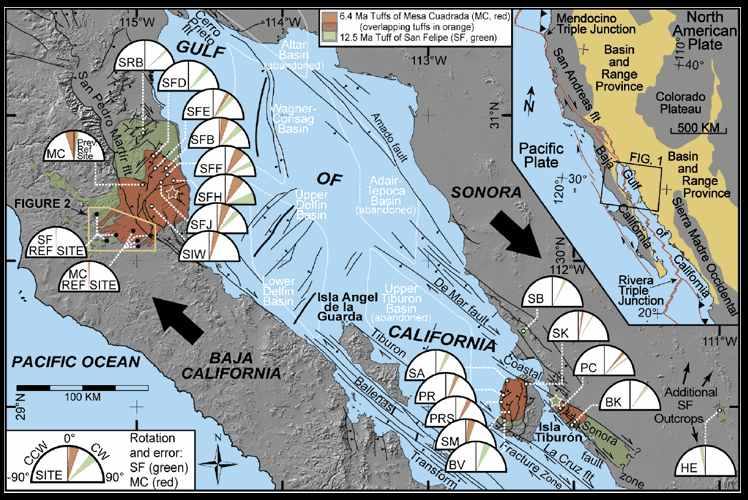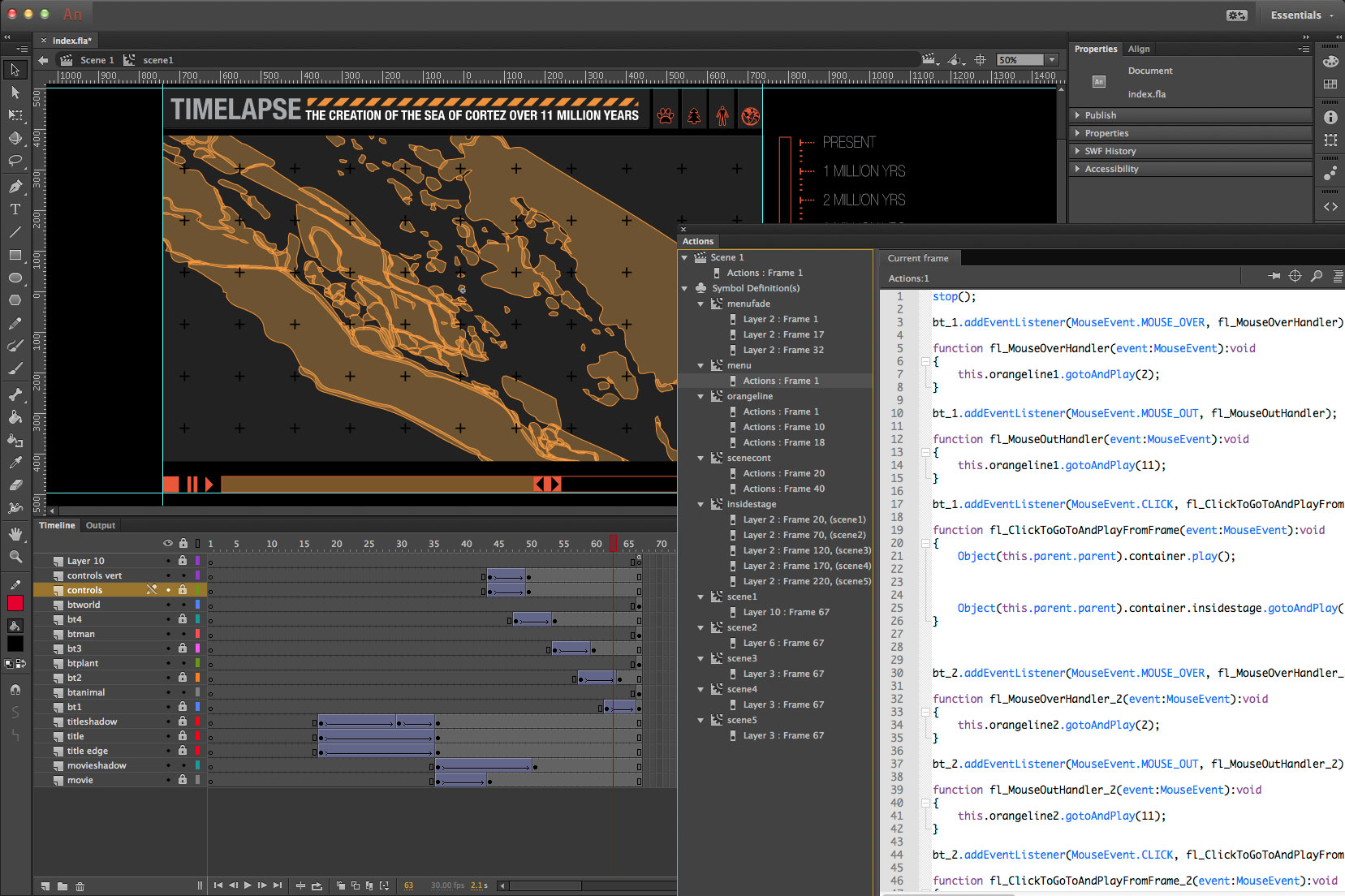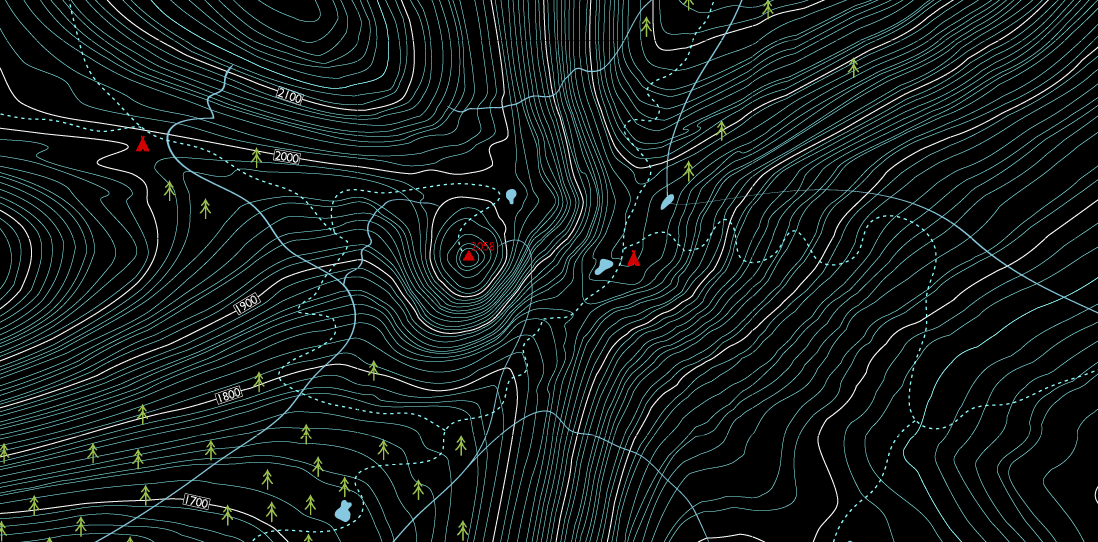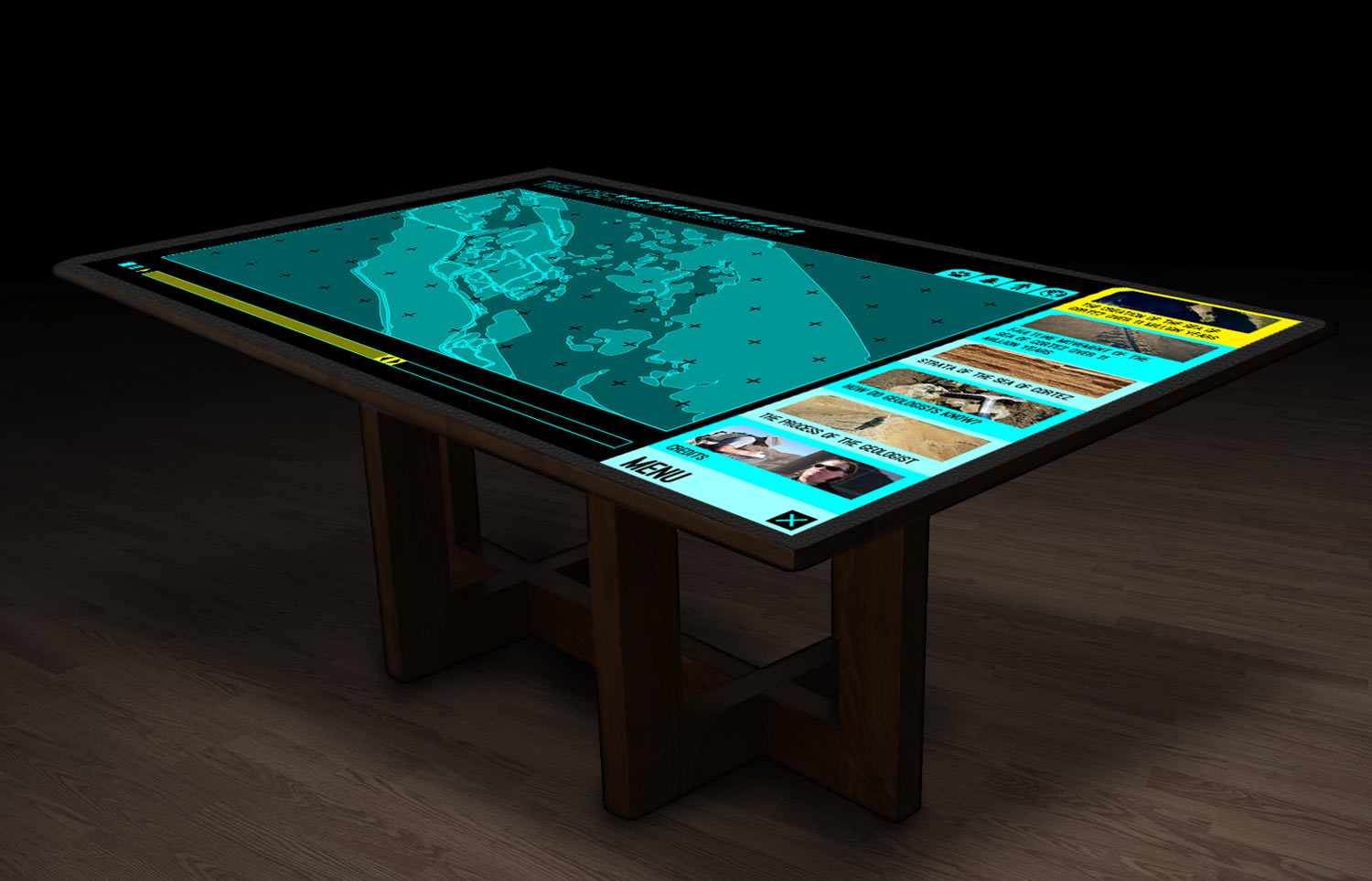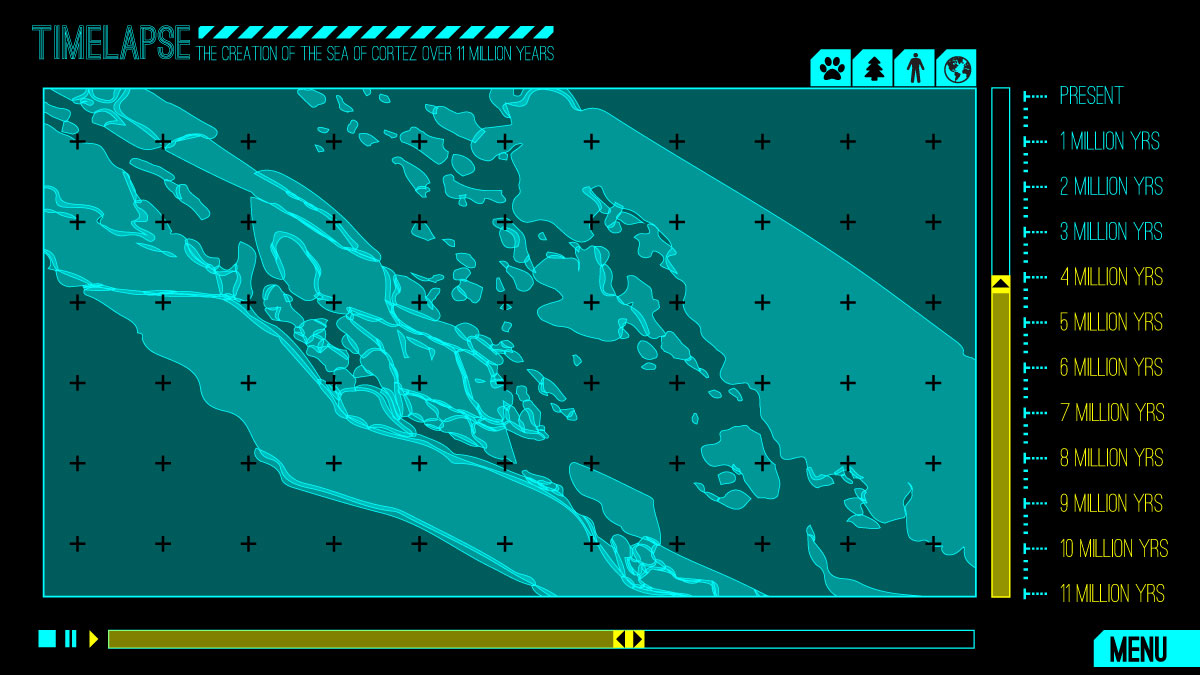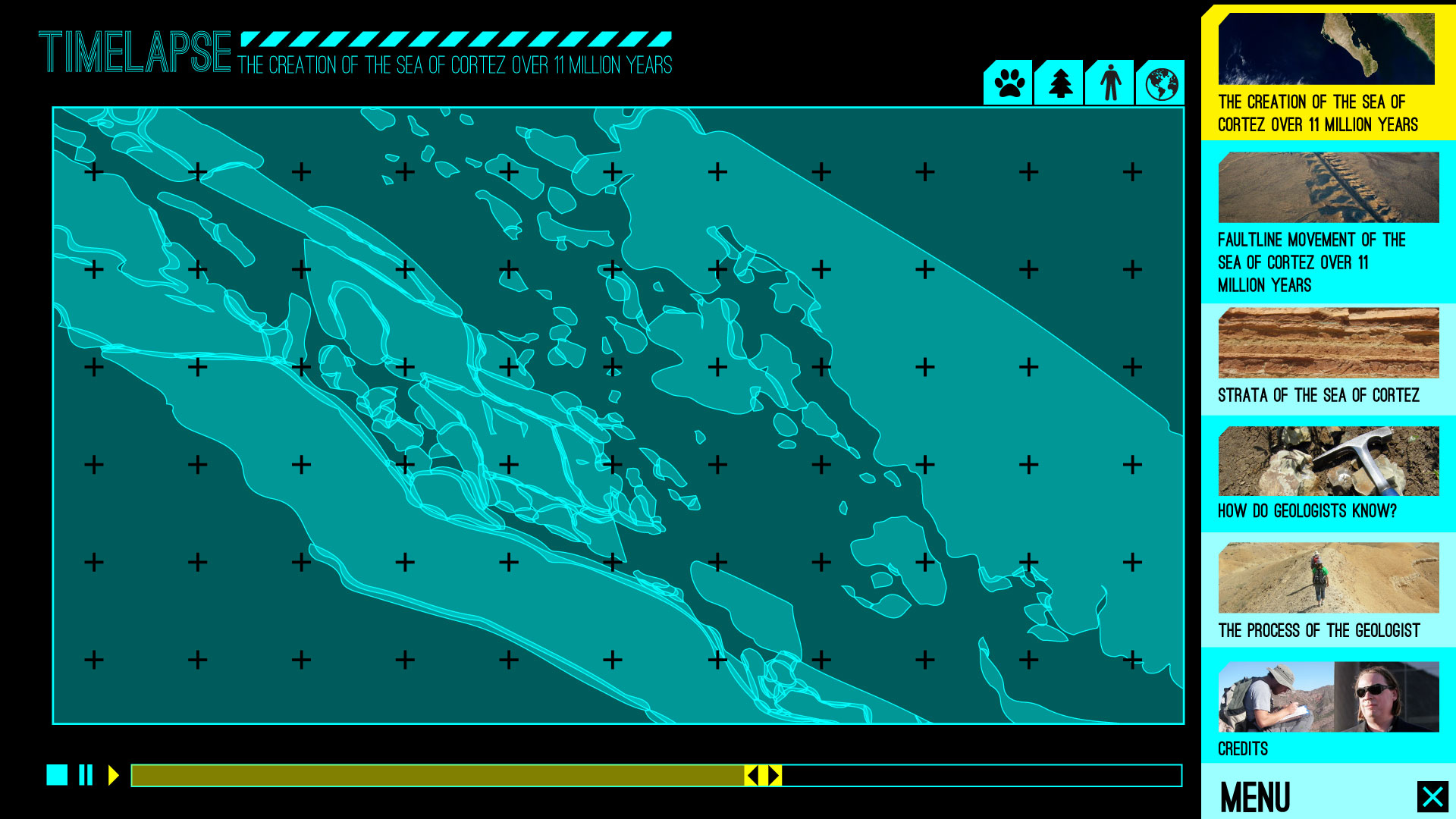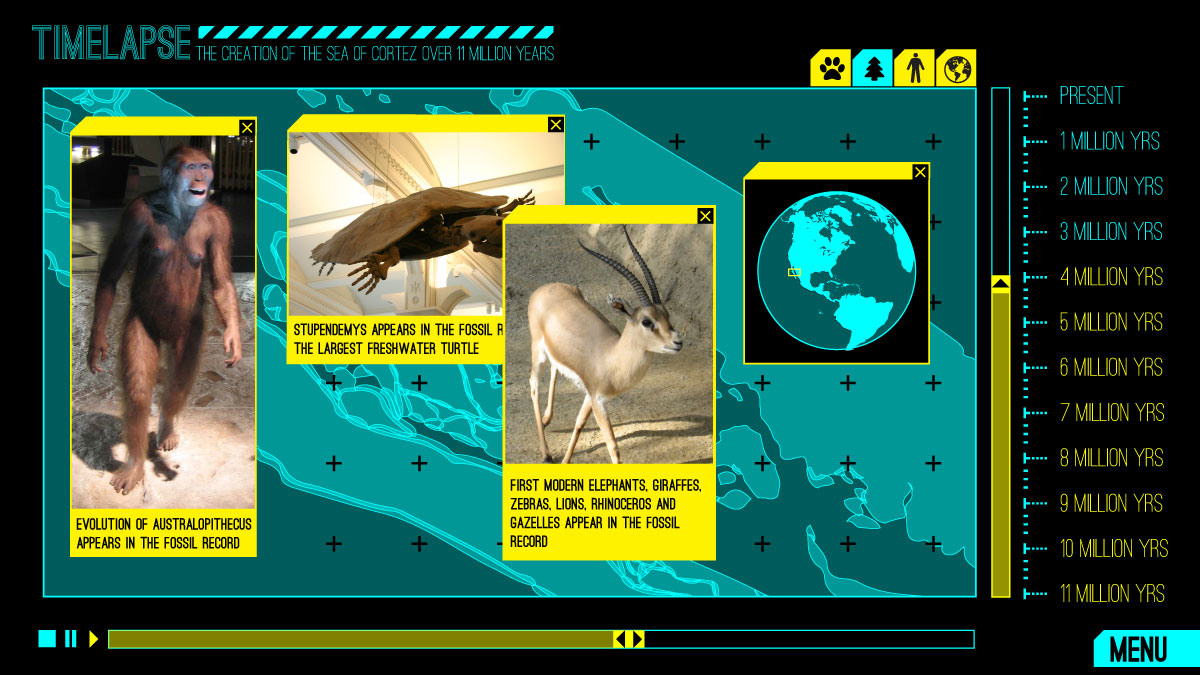Creating the Canvas: A collaboration between Scott Bennett and Tom Baumgartner
- Details
- Created: Thursday, 15 June 2017 21:04
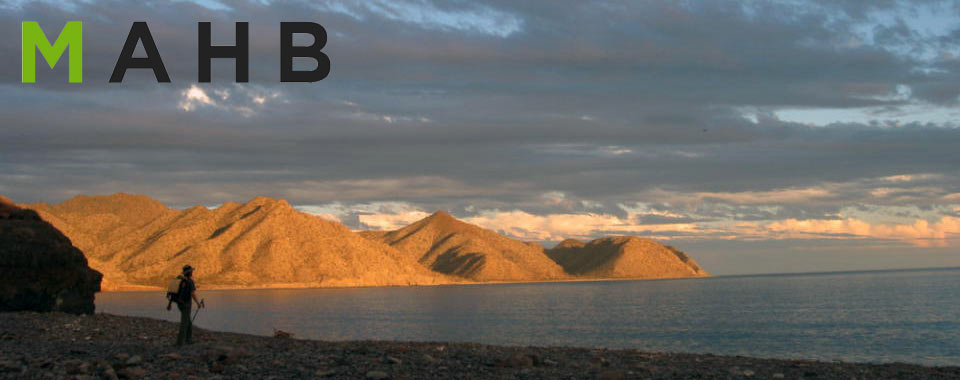
Image courtesy of Scott Bennett
Baumgartner, Tom, Bennett, Scott, Gavenus, Erika | June 15, 2017
Over the past weeks, the MAHB has had the pleasure of sharing the incredible collaborative work being created by the teams of 6&6. Forged by the Next Generation Sonoran Desert Researchers network (N-Gen, www.nextgensd.com), 6&6 is a collaboration between artists and scientists to explore the patterns and processes of the Sonoran Desert and Gulf of California. The MAHB has shared the partnerships of:
- Ben Wilder and Ben Johnson, working to present the multi-layered story of the pozos, or fresh-water springs, in northwestern Mexico’s Grand Desierto and consider how our relationship to water has changed.
- Chip Hedgcock and Mark A. Dimmitt, presenting the diaphanous plants of the Sonoran Desert and their unique sparseness through lumen printing.
- Heather Green and Taylor Edwards, featuring the chuckwalla of La Cholla and how isolation has become its reality.
- Eric Magrane and Maria Johnson, bringing attention to the by-catch of the shrimp trawling fishery in Mexico’s Gulf of California through illustration, poetry, video, and installation.
- Kathleen Velo and Michael Bogan, finding ways to combine Kathleen’s underwater photogram work with Michael’s aquatic ecology research on desert freshwater communities.
This week we are highlighting the final team, Scott Bennett and Tom Baumgartner, who are creating the canvas upon which these other projects are positioned. Bennett is a field geologist working with the USGS and Baumgartner is an artist with extensive experience in data visualization and illustration. Together they are creating artistic renderings of how the physical landscape of the Gulf of California evolved through time — over the past 11 million years. In a project aiming to explore the patterns and processes of the Sonoran Desert and Gulf of California, Bennett and Baumgartner’s work provides a sense of how those patterns came to be –the geologic and plate tectonic forces behind the isolated mountains of La Cholla, the critical existence of the pozos, the rich marine resources of the Gulf, and even the desert itself. Baumgartner explains, “We’re going to step back in time and show not only the movement of different land masses but also the topography.”


